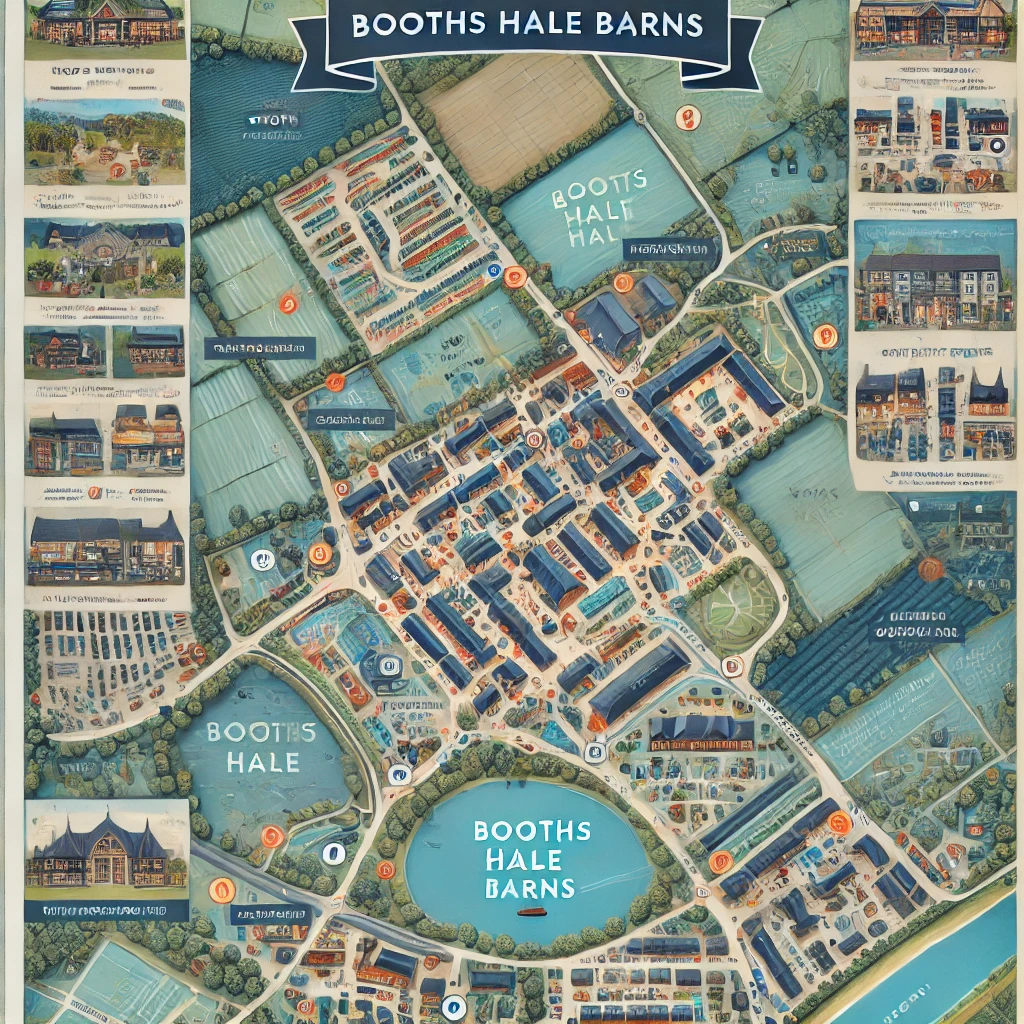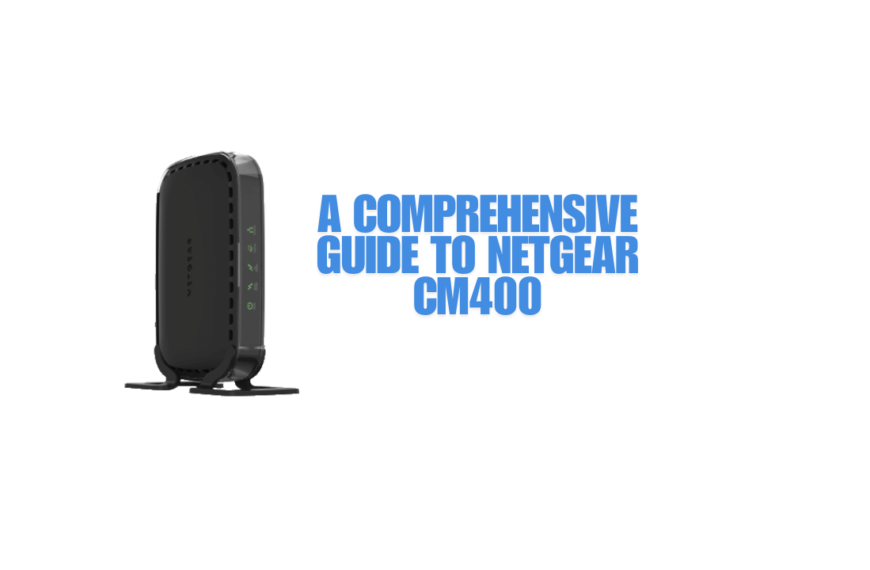Digital marketing has become an essential component of modern business strategies. As the world increasingly embraces the digital realm, businesses are recognizing the immense potential of reaching customers through online channels. Digital marketing, at its core, refers to the use of the internet, social media platforms, search engines, email, and other online tools to promote products, services, or brands. Unlike traditional marketing methods, which often rely on print media, television, or radio, digital marketing offers a more dynamic, interactive, and measurable approach to connecting with target audiences.
The evolution of marketing in the digital era has been nothing short of transformative. In the early days of the internet, digital marketing was primarily limited to websites and basic email campaigns. However, with the rapid development of technology and the widespread use of the internet, digital marketing has grown to encompass a wide variety of channels, including social media, search engine optimization (SEO), content marketing, online advertising, and more. As consumers became more tech-savvy and mobile-first.
From the introduction of the first banner ad in the mid-1990s to the explosion of social media platforms and the rise of data-driven marketing, digital marketing has undergone continuous innovation. Today, it’s not just about reaching customers; it’s about understanding their behaviors, needs, and preferences, and delivering tailored messages at the right time, through the right channels. This ongoing evolution makes digital marketing one of the most exciting and rapidly changing fields, with new trends, tools, and strategies emerging every year.
The Rise of the Internet
The birth of online advertising marked the beginning of a new era in marketing. In the early days of the internet, digital advertising was rudimentary, mostly limited to banner ads and simple website placements. The first banner ad, launched in 1994 by AT&T on HotWired.com, was a bold experiment, offering advertisers the opportunity to reach internet users directly. This simple yet groundbreaking concept of displaying ads on websites paved the way for the digital advertising industry that would follow.
As the internet continued to expand, there was a clear shift from traditional media to digital platforms. Traditional marketing relied heavily on print, television, and radio to reach mass audiences. However, with the growing popularity of the internet, businesses began to recognize the opportunity to engage with more targeted, niche audiences. Digital media provided a more efficient way to advertise, allowing businesses to track user behavior, personalize messages, and engage with customers in real-time. This shift wasn’t just about new tools but also about a new mindset: the recognition that the internet had the power to connect businesses and consumers in ways that traditional media simply couldn’t.
The Growth of Search Engines
As the internet grew, so did the need for effective ways to navigate the vast sea of online information. Enter search engines tools that allow users to quickly find relevant content online. The early search engines, such as AltaVista and Yahoo, laid the groundwork for the development of SEO (Search Engine Optimization) as a marketing discipline. In the early years, SEO was fairly straightforward: businesses used simple keyword strategies and basic page optimizations to rank higher on search engines.
However, with the rise of Google in the late 1990s and early 2000s, the landscape of search engines and SEO changed drastically. Google introduced sophisticated algorithms that prioritized not just the quantity of keywords on a page but also the quality and relevance of content. Google’s search algorithm, now known as PageRank, emphasized the importance of backlinks, user experience, and content relevance. This shift forced businesses to rethink their digital marketing strategies and adapt to new SEO practices that focused on providing value to the user. Today, SEO has become an integral part of digital marketing, with companies investing heavily in optimizing their websites, content, and digital presence to improve their rankings on search engines.
Social Media Revolution
The emergence of social media platforms such as Facebook, Twitter, and LinkedIn in the early 2000s represented a major milestone in digital marketing. These platforms created new opportunities for businesses to engage with consumers on a more personal, interactive level. Facebook, launched in 2004, allowed businesses to create dedicated pages where they could directly communicate with users. Twitter, with its character-limited posts, opened the door for brands to interact with customers in real time, while LinkedIn became a vital tool for B2B marketing, networking, and professional branding.
Social media revolutionized digital marketing by providing brands with an unparalleled ability to target specific demographics, monitor consumer sentiment, and engage in direct dialogue with customers. No longer was marketing a one-way communication from the brand to the consumer. Instead, social media facilitated two-way communication, allowing businesses to listen to their customers, respond to feedback, and adjust their strategies accordingly.
As these platforms grew in popularity, businesses quickly adapted their marketing strategies to capitalize on the potential of social media. Companies began creating content that was not only promotional but also engaging and shareable, aiming to foster a sense of community and interaction with their audience. Social media advertising also evolved, allowing businesses to run highly targeted ads based on user behavior, interests, and demographics. Today, social media marketing is a cornerstone of digital marketing, with businesses relying on it for brand awareness, customer loyalty, and lead generation.
The Mobile Marketing Boom
The mobile marketing boom transformed how businesses interact with consumers by tapping into the power of smartphones. The widespread adoption of smartphones revolutionized consumer behavior, as more people began using their devices to browse the web, shop, engage with social media, and access various services. With smartphones becoming ubiquitous, consumers started expecting seamless, on-the-go experiences, and businesses had to adapt their strategies to meet these demands. This shift resulted in the rise of mobile-first marketing, which emphasizes creating user experiences that are optimized for mobile devices.
Mobile apps, location-based marketing, and responsive websites became central to businesses’ digital marketing efforts. Mobile apps, for instance, allowed brands to provide personalized experiences directly on users’ devices, sending push notifications, offering special promotions, and facilitating easy purchases. Location-based marketing took advantage of the GPS technology in smartphones, enabling businesses to send targeted ads and offers to consumers based on their geographic location. Additionally, responsive websites, which automatically adjust their layout and functionality for mobile devices, became essential to ensure a positive user experience, as more people accessed the internet from their phones rather than desktops.
Data-Driven Marketing
As digital marketing evolved, data-driven marketing became a cornerstone of modern strategies. The growth of online activity and advanced analytics tools allowed businesses to gather massive amounts of data on consumer behavior, preferences, and interactions. This shift towards data-driven decision-making enabled marketers to create more targeted and effective campaigns. The evolution of analytics and data collection technologies, such as Google Analytics and customer relationship management (CRM) systems, gave businesses the ability to track everything from website visits to customer journeys, providing valuable insights into how to improve their marketing efforts.
Personalization became a key focus as businesses recognized that customers wanted tailored experiences. With data-driven insights, companies could customize content, offers, and advertisements based on a customer’s browsing history, location, or even previous purchases. This level of personalization helped businesses engage with consumers more effectively and foster stronger customer loyalty. Targeted advertising, made possible by platforms like Google Ads and Facebook, further amplified the power of data. These platforms allowed businesses to serve ads to highly specific groups, increasing the likelihood of conversions.
However, the rise of data-driven marketing also led to growing concerns about privacy and data security. With the increasing amount of personal data being collected, consumers became more cautious about how their information was being used. In response, regulations such as the General Data Protection Regulation (GDPR) in Europe and the California Consumer Privacy Act (CCPA) in the U.S. were implemented to protect consumer privacy. Businesses had to adapt to these regulations by implementing stronger data protection measures and being more transparent about how they collected and used customer data.
The Advent of Content Marketing
As digital marketing continued to evolve, content marketing emerged as a powerful strategy. The shift towards valuable and engaging content marked a departure from the traditional hard-sell tactics of advertising. Consumers no longer responded well to interruptive ads or irrelevant promotions; they wanted content that was helpful, entertaining, and informative. This led to a broader definition of content marketing, which now encompasses a wide range of formats, including blogs, videos, podcasts, and social media posts.
Blogging became one of the first and most widely adopted forms of content marketing. Brands recognized that regularly published blog posts could help drive traffic to their websites, improve SEO rankings, and establish authority in their industry. In addition, video marketing quickly gained traction as a highly engaging form of content. Platforms like YouTube, along with live streaming features on social media platforms like Facebook and Instagram, made video an essential part of digital marketing strategies. Brands began producing tutorials, product demos, behind-the-scenes content, and entertainment to capture their audience’s attention.
Influencer partnerships also played a significant role in content marketing, as brands sought to leverage the reach and credibility of popular personalities. Influencers, with their large and engaged followings, helped brands reach specific niche markets and build trust with their audiences. Whether through sponsored posts, product reviews, or collaborations, influencers became key drivers of content marketing campaigns. This new approach to marketing emphasized creating meaningful relationships with consumers by providing them with content that aligned with their interests and values, rather than simply pushing products or services.
The Rise of Artificial Intelligence
Artificial Intelligence (AI) has rapidly become a transformative force in digital marketing, streamlining operations, enhancing personalization, and improving user experience. One of the most notable applications of AI in marketing is automation. Chatbots, powered by AI, have revolutionized customer service by providing 24/7 assistance on websites and social media platforms. These AI-driven bots can answer common customer inquiries, process orders, and guide users through complex processes, all while maintaining a conversational tone. This automation not only saves businesses time and resources but also ensures that consumers receive immediate responses, improving overall satisfaction.
AI is also being used in content generation. Tools that utilize natural language processing (NLP) can automatically generate text for blogs, emails, and social media posts based on a set of keywords or predefined guidelines. This technology allows marketers to scale their content creation efforts without compromising on quality. Furthermore, machine learning, a subset of AI, has empowered digital marketing through predictive analytics. By analyzing large sets of historical data, machine learning models can forecast consumer behavior, identify trends, and suggest actionable insights, enabling businesses to tailor their strategies in real-time. The combination of AI and machine learning allows marketers to be more efficient, effective, and agile in their campaigns, ultimately enhancing customer experiences.
Video and Visual Marketing
Video and visual marketing have experienced explosive growth over the past decade, with platforms like YouTube becoming key channels for businesses to connect with their audiences. The rise of video content has reshaped how brands communicate, allowing for richer, more immersive storytelling. YouTube, the second-largest search engine in the world after Google, has become a vital platform for businesses to create tutorials, product demonstrations, brand stories, and customer testimonials. Videos provide an engaging way to showcase products, explain complex ideas, and build emotional connections with consumers, making them an essential part of any digital marketing strategy.
The rise of short-form content, particularly through platforms like TikTok and Instagram Reels, has added a new dimension to video marketing. These platforms emphasize quick, engaging videos that capture attention in just a few seconds. Short-form content has become incredibly popular due to its ability to deliver bite-sized, easily digestible information that fits seamlessly into users’ fast-paced digital lives. Brands have embraced these platforms to create viral content, collaborate with influencers, and engage with younger, more tech-savvy audiences. This shift towards short-form video has also had a significant impact on social media advertising, with businesses using these platforms to run eye-catching, creative ads that encourage user interaction and drive conversions. As video consumption continues to rise, marketers will need to adapt to these platforms, focusing on delivering content that is not only visually appealing but also concise and impactful.
Voice Search and Smart Devices
The increasing use of voice assistants like Alexa, Siri, and Google Assistant has had a profound impact on how people search for information online. With the advent of smart devices, such as smartphones, smart speakers, and voice-enabled home appliances, voice search has become an integral part of daily life. Consumers now use voice commands to check the weather, make shopping lists, play music, and even control their smart homes, all without ever having to type a single word. This shift in how people search and interact with the internet has important implications for digital marketing.
Voice search is changing SEO strategies by encouraging marketers to rethink how they optimize content. Traditional SEO focused on keyword-based search queries, with users typically typing in phrases or sentences. With voice search, however, people tend to use more conversational language and ask questions. For example, instead of typing “best pizza places,” a voice search might be phrased as “What are the best pizza places near me?” This shift means that businesses need to optimize their content for longer, more natural-sounding queries and focus on answering questions directly. Additionally, voice search tends to prioritize local results, making local SEO even more critical for businesses targeting regional customers.
As smart devices and voice search become increasingly prevalent, marketers will need to tailor their content to accommodate this new form of interaction. This could involve optimizing for voice-friendly keywords, using structured data like FAQs to provide concise answers, and ensuring their website is mobile-friendly and easily accessible through voice searches.
The Future of Digital Marketing
Looking ahead, digital marketing is poised to undergo even more rapid transformation. One of the key trends to watch is the rise of the metaverse—an interconnected, virtual world where people can socialize, shop, and interact in real-time using avatars. The metaverse presents exciting opportunities for brands to create immersive experiences for consumers, from virtual storefronts to branded virtual events and experiences. As this technology evolves, marketers will need to explore new ways to engage with audiences in virtual spaces, blending gaming, social interaction, and commerce.
Another trend that is gaining momentum is augmented reality (AR). AR allows brands to overlay digital content on the real world, enhancing consumer experiences. For example, beauty brands like Sephora are already using AR to let customers virtually try on makeup products through their smartphones. Similarly, furniture retailers like IKEA allow customers to visualize how furniture would look in their homes using AR technology. As AR technology becomes more accessible, businesses will increasingly integrate it into their marketing strategies to offer interactive, personalized experiences that engage customers in novel ways.
The ongoing evolution of consumer preferences and technology will continue to shape the future of digital marketing. Consumers are becoming more tech-savvy and are increasingly seeking brands that provide convenience, personalization, and seamless experiences across devices. As new technologies emerge, marketers will need to stay agile, adapting their strategies to meet shifting consumer expectations and taking advantage of new tools and platforms. The future of digital marketing is both exciting and unpredictable, offering endless possibilities for businesses to connect with their audiences in meaningful and innovative ways.
Read more: How A Customer Experience Agency Can Improve Your Customer Service
Conclusion
Digital marketing has undergone a remarkable transformation over the years, evolving from traditional methods to sophisticated, data-driven strategies powered by emerging technologies. From the rise of the internet and search engines to the mobile marketing boom, social media revolution, and the increasing prominence of AI, video, and voice search, digital marketing continues to push boundaries, offering businesses new ways to engage with consumers. The integration of data, personalization, and advanced technologies such as augmented reality and the metaverse will only enhance marketing efforts in the future.
As consumer behavior and technology continue to evolve, digital marketing will remain at the forefront of business strategies. The ability to adapt to new trends and leverage emerging platforms will determine how brands connect with their target audience, drive engagement, and ultimately succeed in a highly competitive digital landscape. Businesses that stay ahead of the curve, embrace innovation, and prioritize consumer-centric marketing will be well-positioned to thrive in the ever-changing digital world. The future of digital marketing is limitless, and the opportunities for growth, creativity, and connection are boundless.















